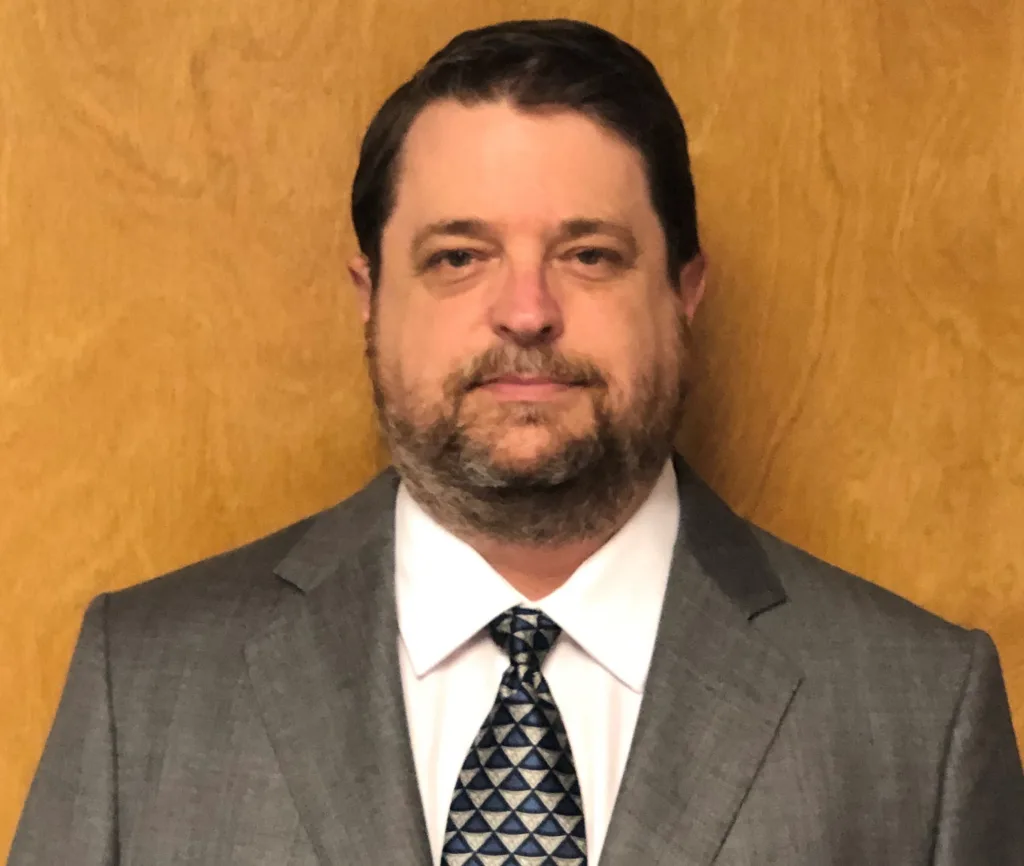(734) 427-7000 or (888) 942-0888
About Bankruptcy
There are a lot of rumors and misconceptions about Chapter 7 and Chapter 13 bankruptcies out there and sometimes it seems as though bankruptcy lawyers would rather tell you how much they know than what they know. We’re here to help you make sense of it all.
Title 11 of the U. S. Code is more commonly known as the Bankruptcy Code. The chapters in Title 11 layout the ways different entities may seek protection from creditors (or the ways in which their creditors may hold them to account in some cases). For instance, Chapter 9 relates to municipalities seeking bankruptcy protection (such as Detroit’s bankruptcy). Chapter 11 relates mostly to the reorganization of businesses. Chapter 12 relates to the adjustment of debts that family farmers and fishers owe. Most people seeking bankruptcy protection will do so through “consumer bankruptcies,” either Chapter 7 or Chapter 13.
Now that we know their context in the broader scope of bankruptcy, let’s focus on the consumer bankruptcies:
Chapter 7 Bankruptcy
Also known as a “Liquidation Bankruptcy,” Chapter 7 provides a Fresh Start for people who can’t pay their debts without significant hardship.
It requires a court-appointed trustee to liquidate the debtor’s non-exempt assets for the benefit of creditors. However, most debtors are able to keep their assets by exempting them from liquidation. A qualified bankruptcy lawyer can advise debtors on how best to protect their property in Chapter 7.
A Chapter 7 Discharge Order eliminates most of the debtor’s personal debts, to the extent that such debts are not reaffirmed.
Debtors may sign Reaffirmation Agreements with secured creditors. Such agreements allow debtors to keep paying secured debts and keep the assets securing them (such as cars or homes with liens).
Not everyone is eligible to file for bankruptcy under Chapter 7. There are limits to the amount of income a household receives to file for relief under Chapter 7. However, most people who would benefit from it are actually eligible to file for bankruptcy protection under Chapter 7.
A typical Chapter 7 bankruptcy normally takes about three to four months from the filing date until the entry of a Discharge Order, although some cases may take longer. An “Automatic Stay” goes into effect after a debtor files for bankruptcy. This stay prohibits creditors from making any further attempts to collect from the debtor without approval from the Bankruptcy Court.
Chapter 7 is a real option for most people with average or below-average incomes with debts usually related to:
- Credit card balances
- Medical bills
- Most civil court judgments
- Personal loans
Chapter 13 Bankruptcy
A Chapter 13, or “Consumer Reorganization Bankruptcy,” allows debtors to reorganize their finances, paying at least some of their debts.
This involves repaying all past due and ongoing payments to secured creditors for assets the debtor keeps. The Chapter 13 Plan might also pay at least a small portion of the debtor’s unsecured debts, as well.
There is no asset liquidation in Chapter 13. Instead, unsecured creditors receive the debtor’s non-exempt equity value of assets through the Chapter 13 Plan. So, debtors basically pay their unsecured creditors at least as much as they would receive through liquidation in Chapter 7. As a result, debtors keep all of their assets, but creditors receive the same amount as they would through liquidation.
The Chapter 13 Plan lasts for three to five years. During that time, the debtor makes Plan payments to a court-assigned trustee. The payments are normally made through wage withholdings equal to the debtor’s disposable monthly income.
Chapter 13 debtors must have a regular source of income. Their income needs to be enough to feasibly pay the Chapter 13 Plan amount and their ongoing living expenses.
Chapter 13 is most often used by people in these or similar situations:
- Many want to avoid property loss due to foreclosure or repossession by curing past due amounts through financial reorganization.
- Others own non-exempt equity value in their property and need bankruptcy protection. To avoid liquidation in Chapter 7, they pay unsecured creditors the non-exempt value of their property through Chapter 13.
- Some are ineligible for Chapter 7, but still require a bankruptcy solution to their financial problems.
